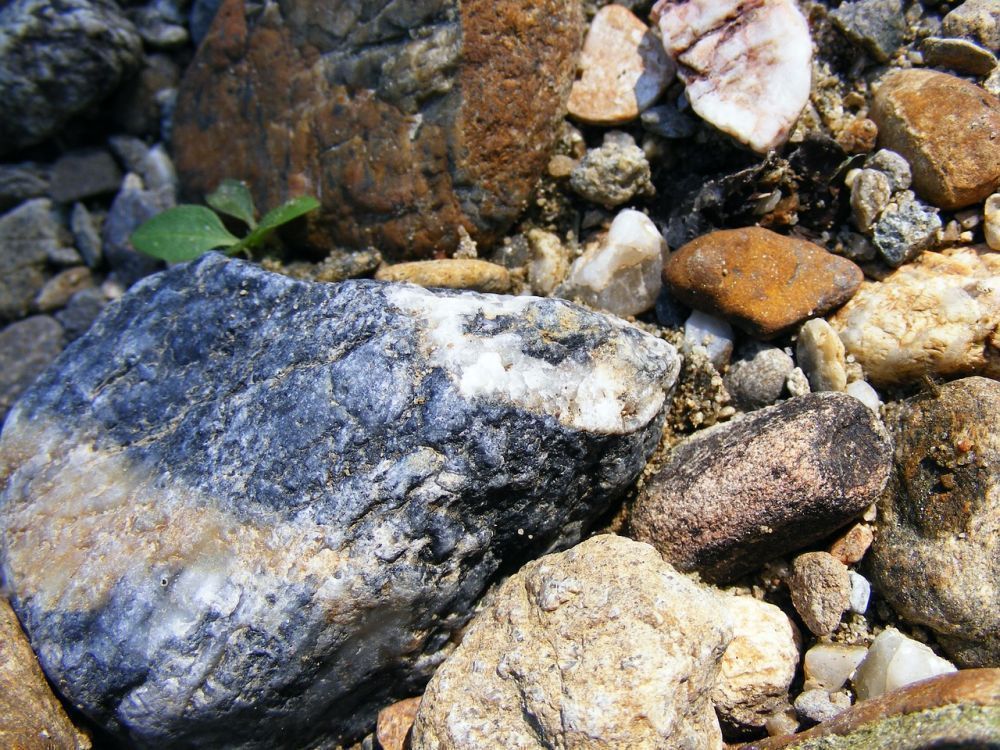
How to Dig Fence Post Holes in Rocky Ground
If you’ve got less than ideal soil on your property, and you still want to install a fence, you’re probably wondering how to dig fence post holes in rocky ground.
Fortunately, there are several possibilities that might allow you to install a fence even if you do have a rocky fence line. Here’s what you need to know about how to dig fence post holes in rocky ground at your home or on any other kind of fence project.
Assess the Soil
The first thing you need to do when you’re figuring out how to install a fence on rocky terrain is assess exactly what kind of soil you’re dealing with.
If you simply have some hard, gravelly soil to deal with, it might simply take a little longer to dig or drill holes, and you might need to use a heavy-duty auger to get the job done.
However, if you have large boulders or sheets of rock, you might need to use different methods. Ideally, this should be established before you get a quote for fencing because this does usually fall under unknown adverse subterranean conditions, and if your fence contractor did not know about it, they would not have included it in their quote. That means that you, as the client, would probably be liable for any additional costs.
On a small project, that might not be a big problem, but if you have a large fence to install, it’s often better to have a geotechnical investigation done so that you can establish what contractors will be facing when they try to dig, and so that they can make allowance for that in their quotations.
Gravel and Hard Clay Soil
Gravel and hard clay soil that has been baked by the sun is harder to dig than ordinary dirt, but holes can still be dug using ordinary tools, such as pickaxes or augers.
This type of digging might cost a little more, but the difference should not be significant, and installation can usually proceed as it would normally.
Large Boulders Above and Below Ground
Another type of rocky soil you might have on your fence line is large boulders above and below ground. This often happens on sites that are on or near mountainous terrain.
In some cases, holes can still be dug between boulders as needed, but in others, your fence contractor might need to “box” their posts in with formwork and cast concrete into that form, using the boulders as part of the fence structure.
This kind of rocky ground could also cause increased costs because large rocks and boulders can make driving vehicles along the fence line difficult, which can slow down progress on the project.
Solid Bedrock
Another type of rocky fence line that is sometimes encountered on projects is solid bedrock. This means that the fence line is totally covered in a thick layer of solid rock that is at or very near the surface, and it cannot be dug using normal tools.
In this case, and if there’s only a small area of fence affected, you might be able to use base-plated posts bolted directly to the rock, but usually, you will need to have holes cored and the fence posts grouted in place.
These kinds of holes are usually only slightly larger than the fence post diameter, but it’s a highly specialized process and can increase the price of your fence dramatically.
Other Options for Fences on Rocky Ground
If you don’t need a permanent fence on your site, then you might want to consider using a temporary fence system made up of panels.
Or, if you find out how to install your fence on rocky ground and the cost is just too high, you could try to relocate the fence line to an area where there’s less rock and, therefore, less cost to install your fence.
Things like rocky ground can have a big impact on the price and installation process of your fence, which is another reason why it’s always a good idea to have your fence contractor visit your site and to give them information like geotechnical investigation reports. It’ll reduce the unpleasant and unplanned fence costs later on in the project.


